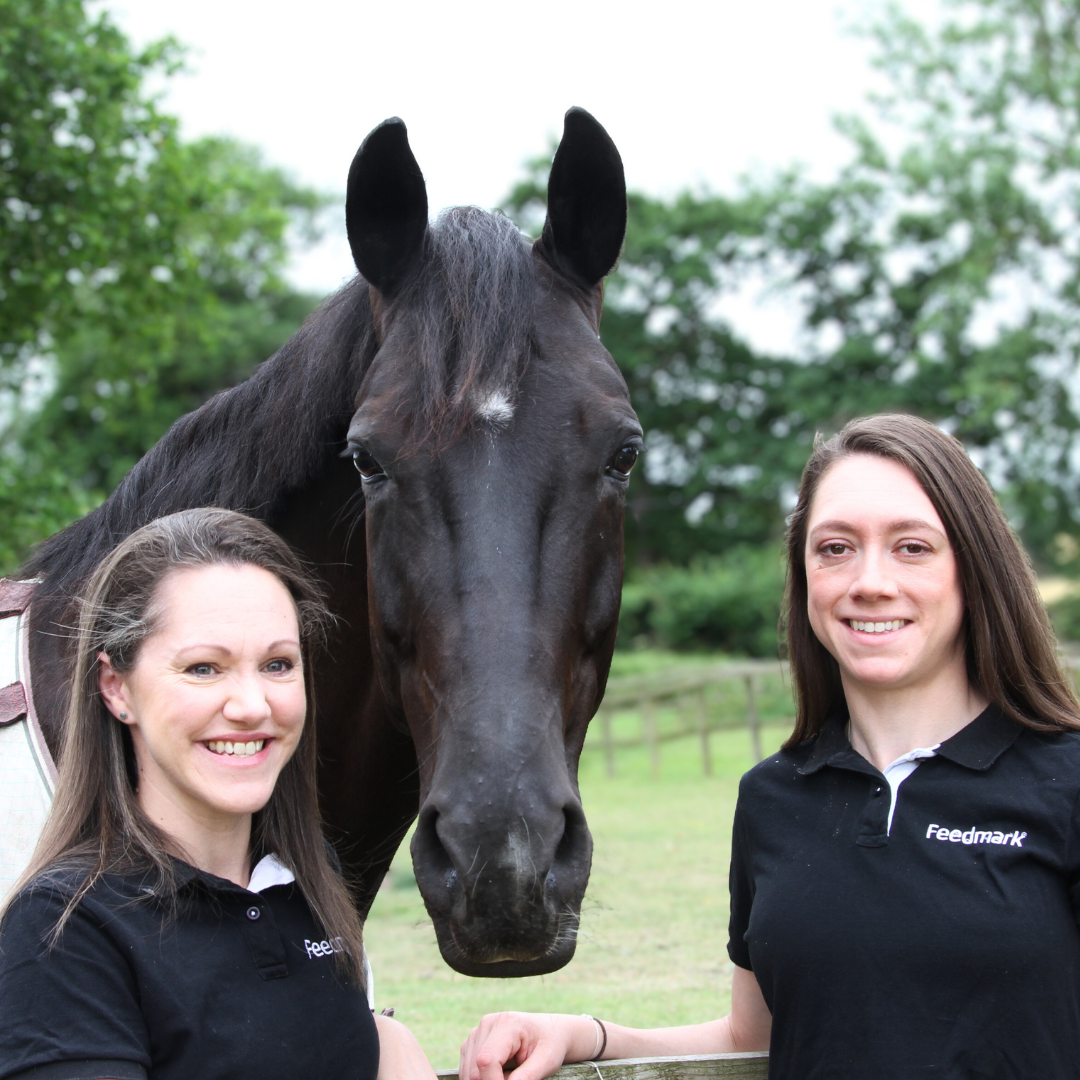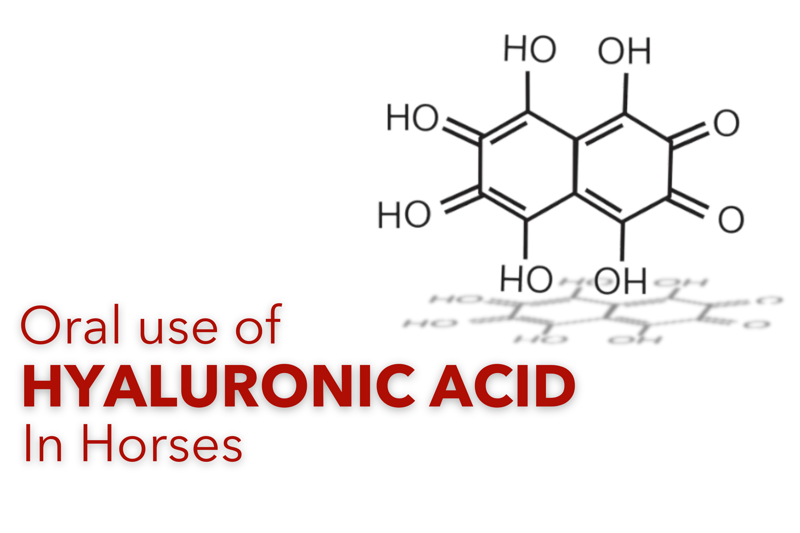What is Hyaluronic Acid?
Like chondroitin, hyaluronic acid (HA) is a glycosaminoglycan (GAG) that is produced by the synovial membrane lining the joints. It plays a role in shock absorption in joints and, as it can hold more than 1000 times it’s own weight in water, is responsible for the viscosity and lubricating properties of synovial fluid. As well as these mechanical properties, it also plays a positive role in mediating inflammation and the enzymes that are involved in degradation of cartilage. Although horses can product hyaluronic acid for themselves, it breaks down relatively quickly during work and its production rate slows with age.
Hyaluronic Acid use in humans
In human trials, injectable HA has been demonstrated to exert a positive effect in the treatment of arthritis. Although injectable hyaluronic acid is more thoroughly studied, oral hyaluronic acid has been shown to reduce pain in patients with knee osteoarthritis. Following an injury, synovial fluid around the affected joint loses hyaluronic acid which contributes to an increase in cartilage wear and subsequently joint degeneration. Maintaining hyaluronic acid levels within joints, especially after injury, is therefore thought to be beneficial in supporting joint integrity during and post recovery.
Oral Hyaluronic Acid use in horses
From the available evidence it would seem as though a similar scenario is likely in both horses and humans. Oral supplementation of HA has been demonstrated to contribute to positive effects on joint swelling post-surgery to remove osteochondritis dissecans (OCD) lesions and support an appropriate joint related inflammatory response in horses with osteochondrosis.
If you have any questions, please contact our Equine Nutritionists who would be happy to help you. You can email [email protected] or call our freephone advice line on 0800 585525.


